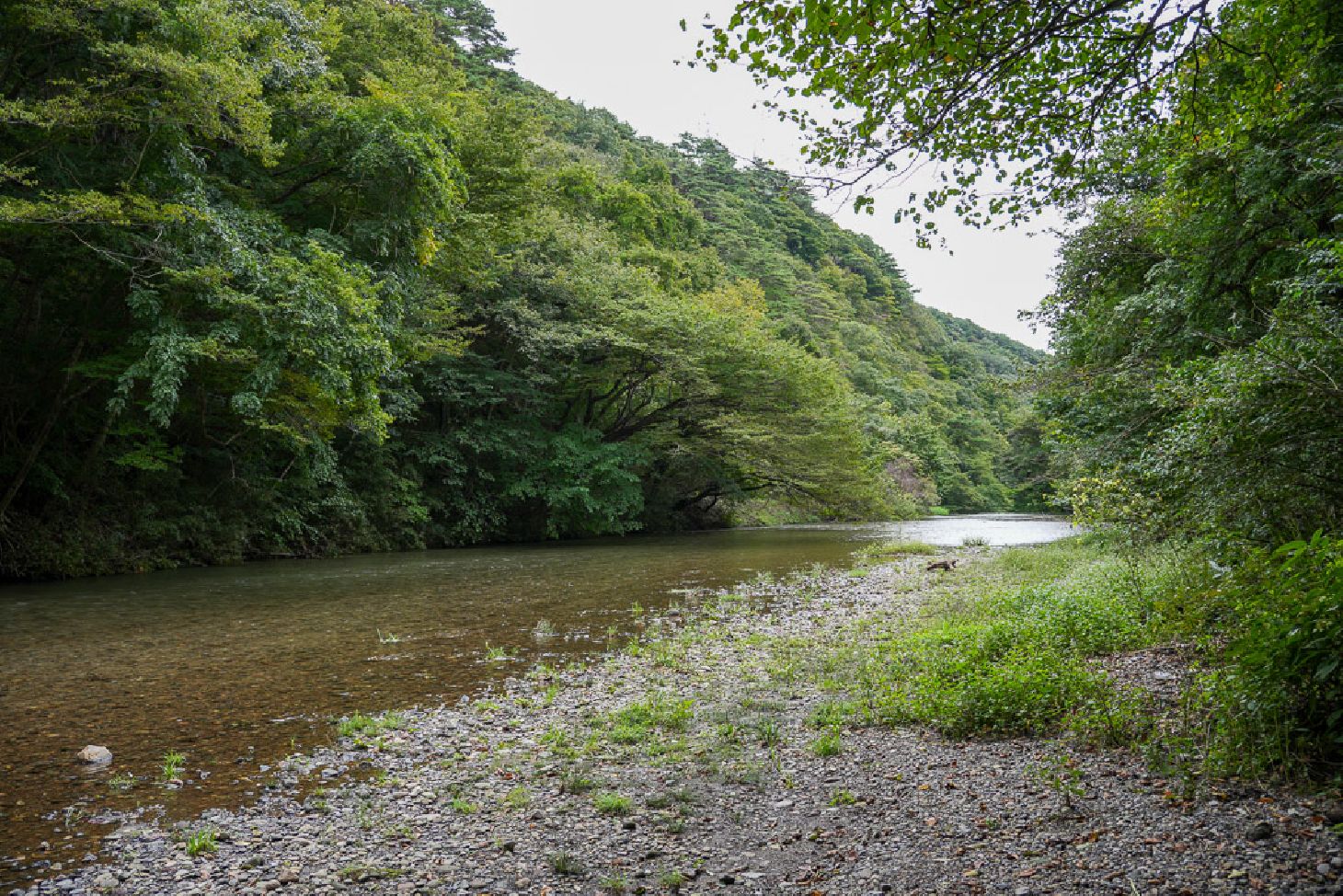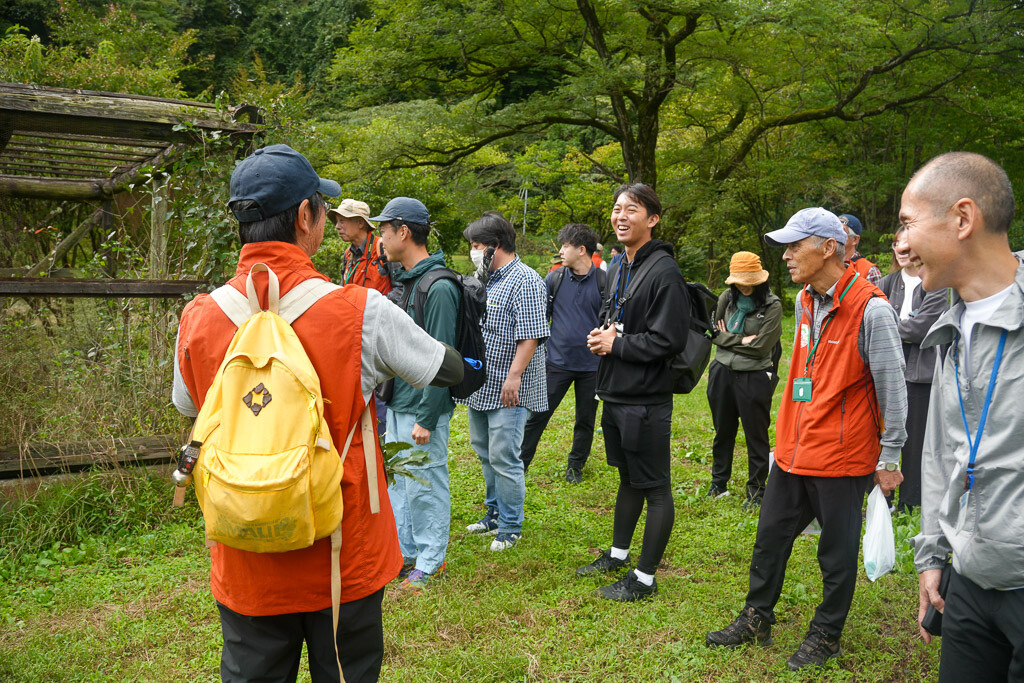
The tranquil village of Nishigo (西郷村) is situated just west of Shirakawa City, a naturally abundant region at the south of Fukushima Prefecture. We met with a group of community leaders, tour guides and members of the local government to take a Foothpath Tour around its many sights.
What is a Footpath Tour?
Inspired by the British culture of taking countryside walks in spots of natural greenery, Fukushima Footpath Tours encourage visitors to local areas to wander around and explore the nearby region.

In particular, by walking through smaller and lesser known areas, eating at local restaurants, and interacting with town residents, you can play a role in Fukushima's diaster recovery efforts.

A big part of the intrigue is visiting an area that people are less likely to frequent than famous tourist sites and discovering interesting places - perfect for people who like taking photos!

Although there are self-guided tours available - take a look at our guides for Katsurao and Tamura - our tour featured about twenty visitors, and was led by a local long-term resident.

Getting Back to Nature
My outstanding impression of our tour - and this, suitably enough, reminds me of similar walks back in the UK - was the abundance of woodland and the fantastic scenery.

Our group worked its way through narrow corridors of beautiful pine trees, the terrain occasionally sloping up into the canopy, and wherever we went, we stumbled on to something interesting. Most striking was when we came to a clearing on the banks of the Abukuma River.

We took a break here to take in the scenery. Later, when we shared our opinions of the tour, this was the highlight for many of us, thanks to the calm atmosphere and relaxing sound of the flowing river.
Some people took this time to skip stones or try out the tree swing.

Hidden Treasures
One of the benefits of having a local resident show you around is that wherever you go, you can ask questions about the things you stumble across. Our guide also often pointed out local stores and workshops and told us about the crafts or folk art that they specialised in.
The deeper we went into the woods, we also found some old abandoned houses, which had an intriguing, eerie atmosphere, and the local Christian church.

A Well-Earned Rest
By the time we made it back to base camp, we'd been walking for about two hours, doing a loop of the main woodland area of Nishigo. We were starting to run low on energy, making it the perfect time for lunch - our guide had been cooking since before we arrived, and a huge pot of Japanese curry had been bubbling the entire time we'd been walking.
That meant the flavours had infused deeply into the sauce, and combined with the use of local Nishigo vegetables and rice, this was exactly what we needed after a long walk.

Our tour was a really valuable experience - for me, the main attraction was having the chance to visit somewhere most tourists wouldn't usually go, learning about the area from someone who knows it well, and enjoying the peaceful woodland atmosphere.
More information
Interested in trying a Footpath Tour for yourself? You can learn more here (please be aware that this page is in Japanese).



